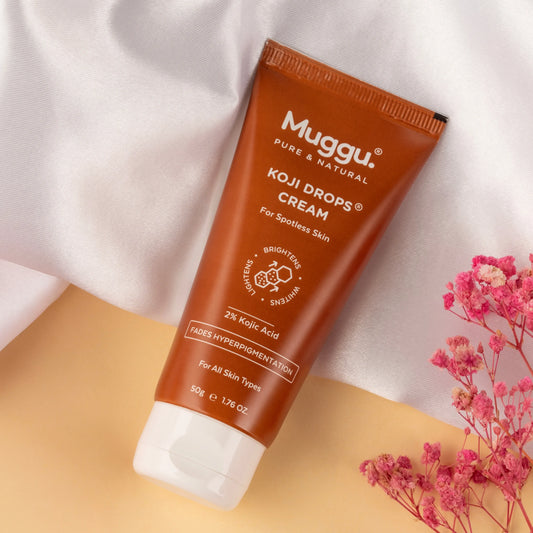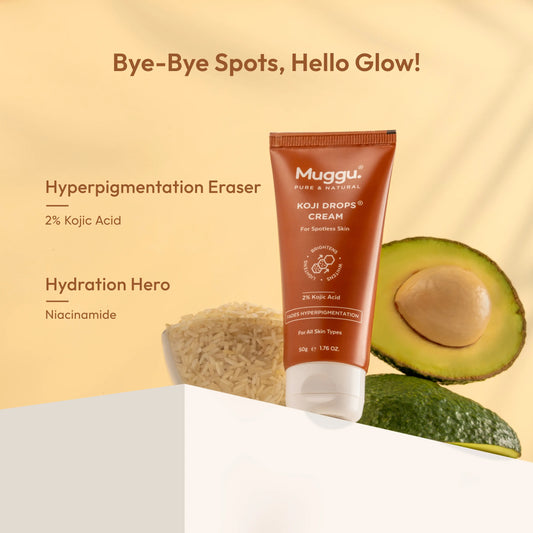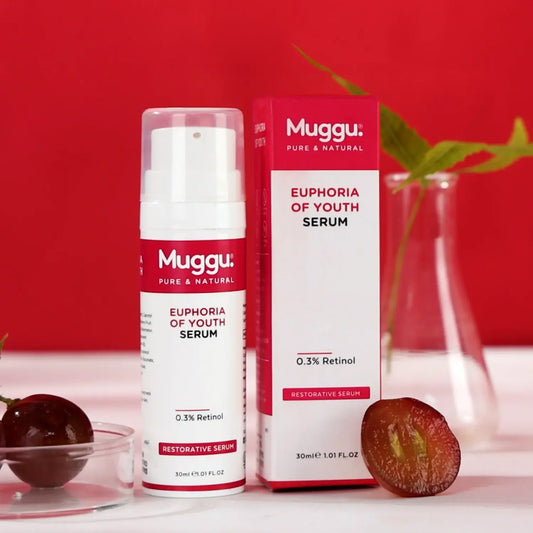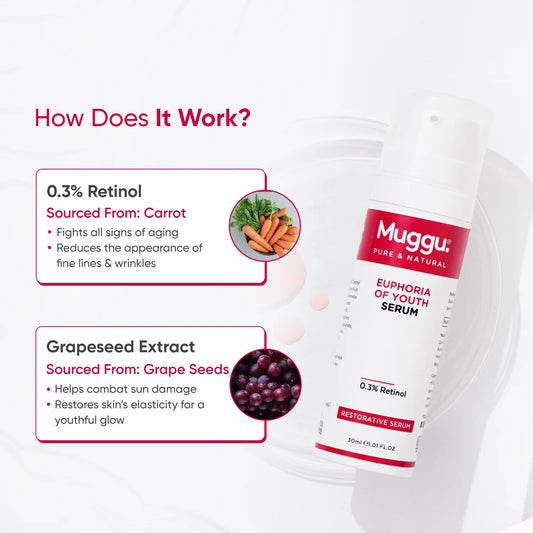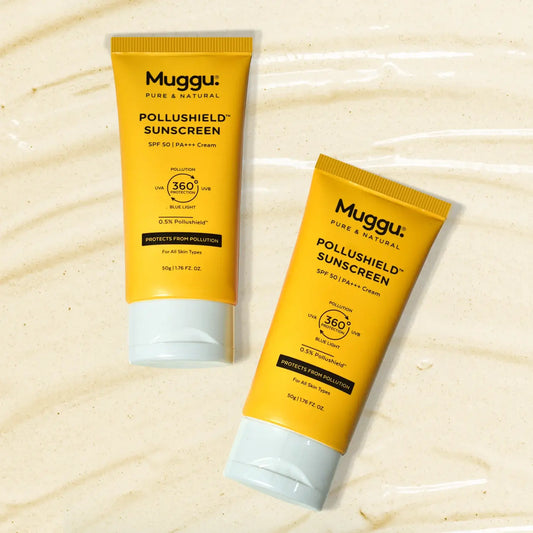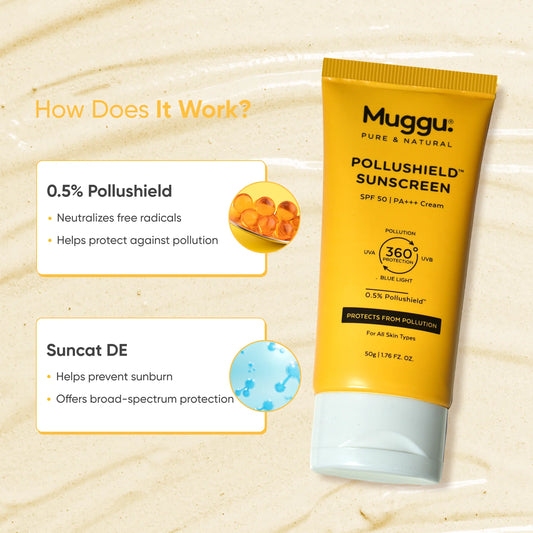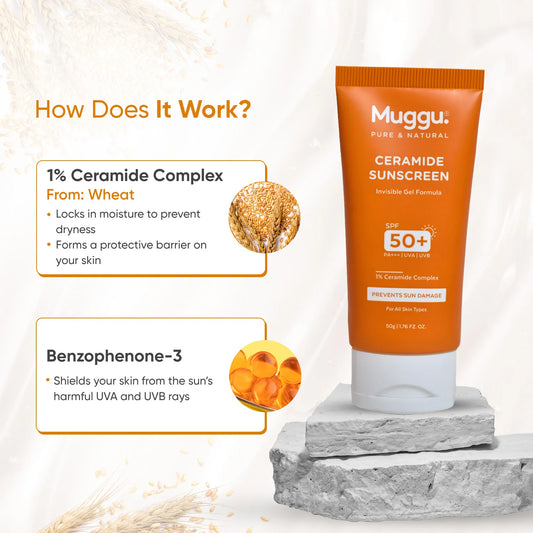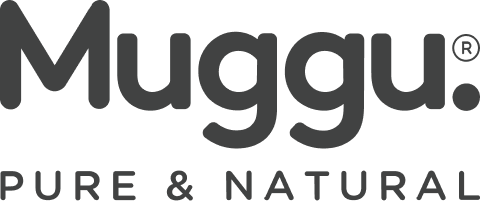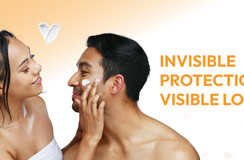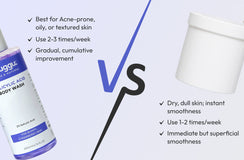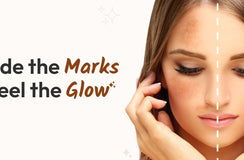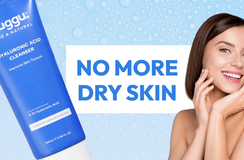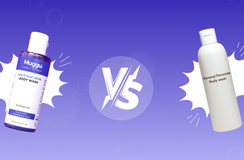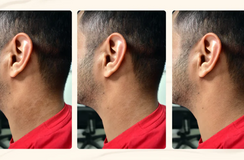If you've ever stood in front of a skincare aisle wondering why your latest anti acne face wash worked for a while and then... just didn’t - you’re not alone. Acne-prone skin can be tricky. You switch to a cleanser with acne-fighting ingredients like salicylic acid, follow the steps to the T, and still find yourself dealing with breakouts, irritation, or that uncomfortable tight feeling after cleansing.
So, what gives?
While we often focus on the active ingredients, we tend to overlook the pH that plays a massive role in how our skin responds to a product.
Understanding the pH level of your cleanser could be the missing link in your skincare routine. It may explain why your skin flares up despite your best efforts, or why some products leave you feeling dry, oily, or worse - both at once.
In this blog, we’ll explore what pH really is, how it affects your skin (especially if you’re acne-prone), and what to look for in an anti acne face wash that truly works without compromising your skin barrier.
What is pH in Skincare?

Let’s start with the basics. pH stands for “potential of hydrogen” and it measures how acidic or alkaline a substance is on a scale from 0 to 14:
- 0-6: Acidic
- 7: Neutral
- 8-14: Alkaline (or basic)
Our skin’s natural pH is slightly acidic, typically between 4.5 and 5.5. This mild acidity helps maintain the acid mantle, a protective layer made up of sebum, sweat, and skin cells that keeps out bacteria, pollutants, and other irritants.
So when you use a product that drastically shifts this pH, say a cleanser that’s too alkaline, it can strip away the skin’s natural oils and disrupt this protective barrier.
Why pH Balance Matters in Anti Acne Face Washes?
Now that we know our skin thrives in a slightly acidic environment, it becomes clear why choosing the right cleanser is so crucial especially when you’re trying to manage acne.
Here’s what can happen if your face wash has the wrong pH:

1. Increased Breakouts
An alkaline cleanser (with a high pH) can encourage the growth of acne-causing bacteria like Cutibacterium acnes. These bacteria thrive when the skin barrier is compromised and the acid mantle is weakened.
2. Dryness and Irritation
Ever used a cleanser that made your face feel tight or flaky? That’s often a sign it’s too alkaline. A disrupted pH can lead to trans-epidermal water loss, leaving your skin dry and irritated, an ideal ground for inflammation and breakouts.
3. Overproduction of Oil
Ironically, when skin gets too dry, it sometimes fights back by producing more oil to compensate. The result? Even more acne and clogged pores.
4. Impaired Healing
An imbalanced pH slows down the skin’s natural ability to heal itself. For acne-prone skin, this means blemishes may take longer to fade, and post-acne marks can stick around longer than they should.
What Is the Ideal pH for an Anti Acne Face Wash?
Experts generally agree that a cleanser for acne-prone skin should have a pH between 5 and 6, matching the skin’s natural acidity. This range is gentle enough not to disturb your skin barrier but effective enough to clean deep into the pores.
It also helps ensure that powerful ingredients like salicylic acid or niacinamide can do their job properly. Many active ingredients are pH-dependent, meaning they’re only effective within a certain pH range.
How to Know the pH of Your Cleanser
Most skincare products don’t list their pH on the label. However, here are a few ways to find out:
-
Check the brand’s website: Some brands (especially transparent, science-backed ones) disclose pH values on product pages or FAQs.
-
Use pH strips at home: You can test a small amount of the product with litmus paper to get a general idea.
-
Look at customer reviews: Sometimes, other users will mention whether the product feels stripping or gentle which can give you clues about its pH.
-
Trust the formulation: If a cleanser is designed for acne-prone skin and includes actives like salicylic acid or tea tree, chances are it's formulated to work at a skin-friendly pH. (But not always, so don’t skip the research.)
A Closer Look at Salicylic Acid and pH
Salicylic acid is a beta hydroxy acid (BHA) known for its ability to penetrate pores and dissolve oil, making it ideal for treating blackheads, whiteheads, and overall acne. But here’s the catch: salicylic acid works best at a pH between 5 and 6.
If the pH of your cleanser is too high, salicylic acid becomes less effective. That means your cleanser may not be clearing your pores as well as you think.
A well-formulated salicylic acid cleanser will balance potency and gentleness, delivering exfoliation and clarity without throwing off your skin’s pH.
Daily Use? Yes, If the pH Is Right
Many people shy away from using anti acne face washes daily, fearing they’ll dry out the skin. That fear is valid if the product has a high pH or includes harsh surfactants. But when a cleanser is well-formulated with a skin-friendly pH and non-stripping ingredients, daily use becomes safe and even beneficial.
A good example of this balance is seen in cleansers that pair 2% salicylic acid with hydrating, barrier-supportive ingredients. They give you the acne-fighting power without making your skin feel raw or sensitized.
What Does “Gentle Yet Effective” Actually Mean?
You’ve probably seen cleansers described as “gentle yet effective.” What this usually implies is that the product:
- Has a pH close to your skin’s natural pH
- Uses mild surfactants instead of harsh foaming agents
- Includes soothing ingredients like panthenol, green tea, or aloe
- Delivers actives like salicylic acid at the right pH for absorption
This balance is particularly well-executed in newer formulations that are designed not just to treat acne but also to support the skin barrier while doing so. Think of cleansers that don’t just fight pimples but also prevent new ones by keeping your skin in balance.
Signs Your Cleanser Is Messing with Your pH
Still unsure if your current anti acne face wash is doing more harm than good? Watch out for these signs:
- Skin feels tight or squeaky-clean after washing
- Breakouts increase despite consistent use
- You develop dry patches, redness, or irritation
- Skin becomes excessively oily midday
- Makeup or sunscreen pills or doesn’t apply smoothly
These are all red flags that your cleanser might be too alkaline or overly harsh.
How to Choose a pH-Balanced Anti Acne Cleanser?
When picking your next face wash, keep the following checklist handy:
✅ pH between 5-6
✅ Includes proven actives (like 2% salicylic acid)
✅ Gentle surfactants (not SLS or alcohol-heavy)
✅ Free from heavy fragrance or drying agents
✅ Contains calming or hydrating ingredients to soothe inflamed skin
One product that subtly checks all these boxes is a 2% Salicylic Acid Cleanser that’s been quietly gaining traction among those with oily, acne-prone skin. It blends oil-soluble exfoliation with skin-friendly pH and just enough foam to feel clean but never stripped. It’s worth exploring formulations that put skin health first, not just acne control.
RELATED: Should You Use a Salicylic Acid Face Wash?
Final Thoughts
It’s easy to get caught up in skincare trends and hero ingredients, but sometimes the smallest, most overlooked details like pH can make the biggest difference.
A cleanser with the right pH won’t just clean your skin. It will protect it. Support it. And allow other products in your routine to work better.
If you’ve been on a skincare journey filled with trial and error, consider this your gentle nudge to check the pH of your anti acne face wash. The shift might be subtle but your skin will thank you for it.
TL;DR (Too Long; Didn’t Read):
- Your skin’s natural pH is around 4.5–5.5.
- A high-pH cleanser can disrupt your skin barrier and worsen acne.
- Salicylic acid works best in a lower pH range (around 5-6).
- Choose a face wash that balances effectiveness with gentleness - your skin will glow for it.
FAQs About pH and Anti Acne Face Washes
1. How can I tell if my face wash is disrupting my skin’s pH?
If your skin feels tight, dry, or squeaky-clean right after washing, it may be a sign your cleanser is too alkaline. Other clues include increased breakouts, irritation, or sudden oiliness.
2. What does a “pH-balanced” cleanser really mean?
A pH-balanced cleanser typically has a pH between 5 and 6, which aligns closely with your skin’s natural pH. This helps maintain the acid mantle and prevents disruption of your skin barrier.
3. Is it okay to use a salicylic acid cleanser every day?
Yes, as long as it’s formulated with a skin-friendly pH and includes gentle, hydrating ingredients. Look for 2% salicylic acid paired with soothing agents like aloe or panthenol.
4. Can pH alone solve my acne issues?
pH is just one piece of the puzzle. While using a pH-appropriate cleanser can significantly improve your skin, factors like hormones, diet, and lifestyle also contribute to acne.
5. Can I test the pH of my cleanser at home?
Yes! You can buy inexpensive pH test strips (litmus paper) online or at a pharmacy. Simply apply a small amount of cleanser, mix with a little water, and test with the strip.
6. Should I stop using my current cleanser if it doesn’t mention pH?
Not immediately. But if you're noticing signs of irritation, dryness, or persistent breakouts, it might be worth switching to a known pH-balanced option for a few weeks and monitoring the results.
7. Can I use a pH-balanced cleanser with other actives like retinol or vitamin C?
Absolutely! In fact, using a well-formulated, pH-appropriate cleanser can help maintain your skin barrier, making your skin more receptive to other active ingredients in your routine.
